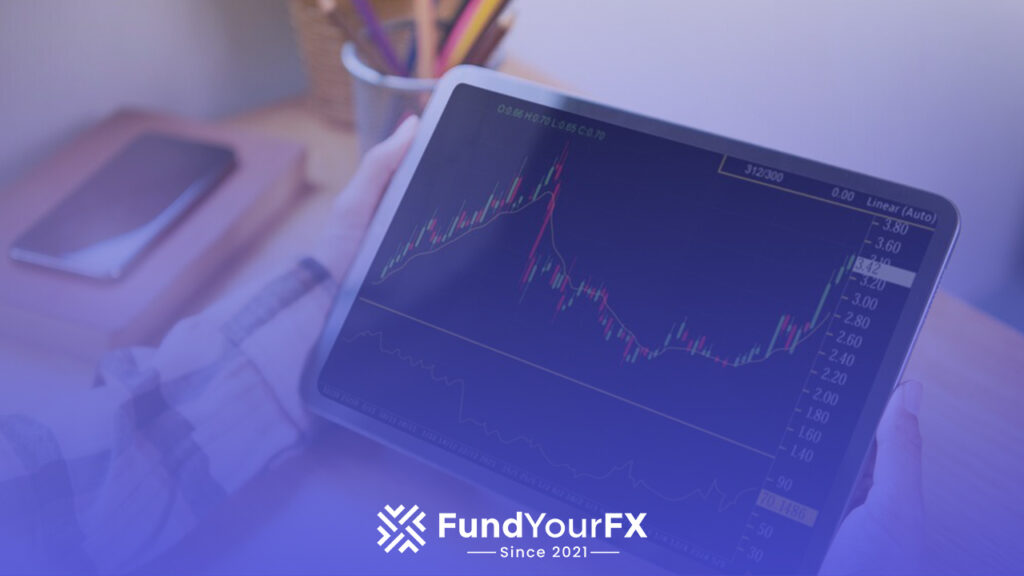Understanding the Golden Cross trading can significantly impact your trading strategy. This technical analysis indicator often signals a potential bullish trend, suggesting a shift in market momentum. However, there are some drawbacks to relying solely on this signal. To make the most of the Golden Cross, it’s essential to consider both its formation and its limitations. Factors such as market conditions, trading volume, and other technical indicators should also be part of your overall trading strategy. For instance, pairing the Golden Cross with other indicators like the Relative Strength Index (RSI) or Moving Average Convergence Divergence (MACD) can provide a more comprehensive view of market dynamics.
What Is a Golden Cross Trading?

A Golden Cross signals a strong bullish trend in trading. This occurs when the 50-day moving average rises above the 200-day moving average, indicating a significant change in market momentum. Traders often see this crossover as an opportunity to consider purchasing assets. The process generally unfolds in three distinct phases:
- Downtrend Phase: The market experiences declining prices.
- Crossover Phase: The 50-day moving average crosses above the 200-day average.
- Uptrend Phase: The market starts to rise, with both moving averages acting as support levels.
Typically, the Golden Cross is accompanied by high trading volumes, which further confirms its role as a bullish signal. Increased investor interest and confidence often follow this crossover, reinforcing its significance in market analysis. Additionally, traders should consider setting profit targets to manage risk effectively after identifying a Golden Cross. Historical data reveals that major indices, like the S&P 500, tend to experience substantial gains after a Golden Cross occurs, making it a noteworthy buy signal for traders.
How Does a Golden Cross Form?
For traders aiming to take advantage of bullish trends, grasping how a Golden Cross forms is vital. A Golden Cross takes place when the 50-day moving average (MA) rises above the 200-day moving average, indicating a possible transition from a downtrend to an uptrend. Initially, during a downtrend, buying interest begins to surpass selling pressure, signaling a potential reversal. The crossover itself represents a significant moment, often interpreted as a bullish breakout signal by traders. Following this, the asset typically enters a sustained uptrend, with the 50-day MA serving as a support level against any pullbacks. High trading volumes during this crossover can validate the signal, setting it apart from a death cross, which signals bearish momentum. Additionally, traders often use momentum indicators to further confirm the strength of the emerging trend.
Golden Cross vs. Death Cross
In trading, the Golden Cross and Death Cross serve as key indicators, signaling distinct market conditions that can influence your investment choices. Grasping these differences is vital for making informed trading decisions.
- Market Sentiment: The Golden Cross trading signifies a bullish trend, indicating it might be a good time to consider buying. In contrast, the Death Cross points to a bearish trend, suggesting you may want to think about selling or shorting your positions.
- Volume Confirmation: Both crosses are typically accompanied by strong trading volumes. This high activity helps validate their roles as either bullish or bearish signals, making them more reliable for traders.
- Support and Resistance: In the case of a Golden Cross, the long-term moving average often functions as a support level during price corrections. Conversely, with a Death Cross, it often acts as resistance, which can further confirm the prevailing market direction.
Recognizing these patterns and their implications can refine your trading strategy and help you navigate market trends more effectively. Additionally, understanding the significance of trading volume can enhance your ability to interpret these crosses accurately.
Limitations of a Golden Cross
The Golden Cross is a popular trading strategy, but it comes with its own set of challenges that can diminish its reliability. For starters, it operates as a lagging indicator, which means it relies on historical price movements. This can limit its ability to accurately forecast future trends. Traders often face the risk of false signals, particularly in sideways markets where the crossover may not lead to any significant price changes. High trading volume plays a crucial role in confirming the validity of the Golden Cross signal. Without sufficient volume, traders may encounter unreliable outcomes that could lead to poor investment decisions. Additionally, the crossover may occur only after the market has already hit its lowest point, resulting in missed opportunities to enter a bullish trend early on. To make better-informed trading choices, consider pairing the Golden Cross with other technical indicators such as the Relative Strength Index (RSI) or the Moving Average Convergence Divergence (MACD). This combination can help mitigate risks and improve the accuracy of your trading strategy. Moving averages can also help identify support and resistance levels, enhancing your overall analysis. In the ever-changing landscape of trading, being aware of these limitations is essential for navigating the complexities of the market effectively.
How to Use the Golden Cross in Your Trading Strategy

To effectively use the Golden Cross in your trading strategy, pay attention to the point when the 50-day moving average moves above the 200-day moving average, which indicates a possible bullish trend. Here are three practical steps to refine your strategy:
- Confirm with Volume: Observe for a rise in trading volume during the crossover. Increased volume can support the signal and demonstrate consistent buying interest.
- Incorporate Additional Indicators: Combine the Golden Cross with other indicators like the RSI or MACD to verify momentum before making a trade.
- Manage Risk: Establish profit targets and use stop-loss orders to safeguard your investment, since the Golden Cross doesn’t guarantee a lasting upward trend. Implementing proper position sizing ensures that you only risk a small percentage of your capital on individual trades, enhancing your overall risk management strategy.
Conclusion
The Golden Cross trading can be a significant indicator for traders, suggesting the possibility of upward market movements. However, it’s vital to approach this signal with caution and not depend solely on it. By integrating other technical indicators and practicing effective risk management, you can strengthen your trading strategy and better handle market shifts. Be vigilant for misleading signals, particularly in flat market conditions, and adjust your methods to improve your trading outcomes.







